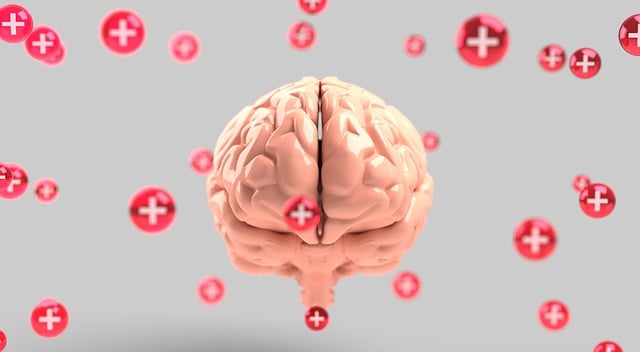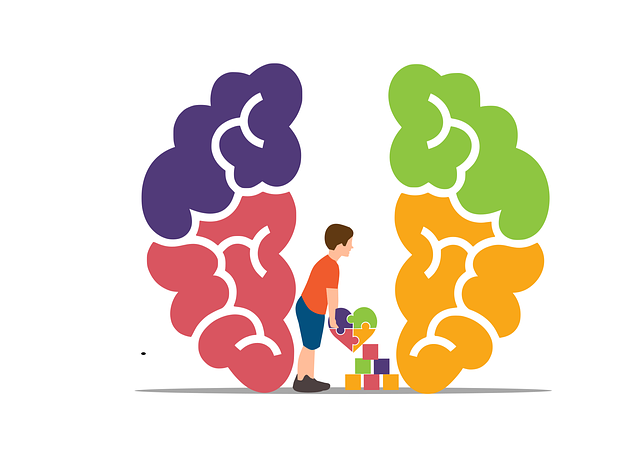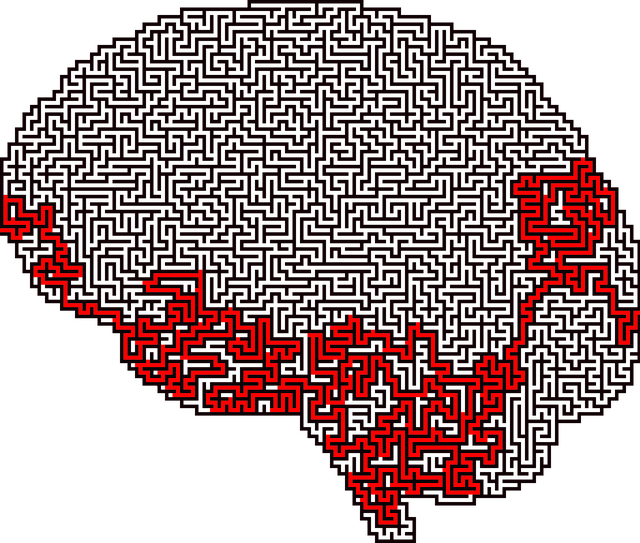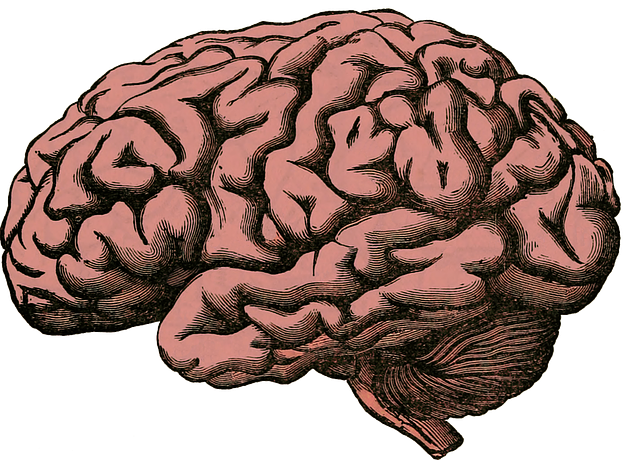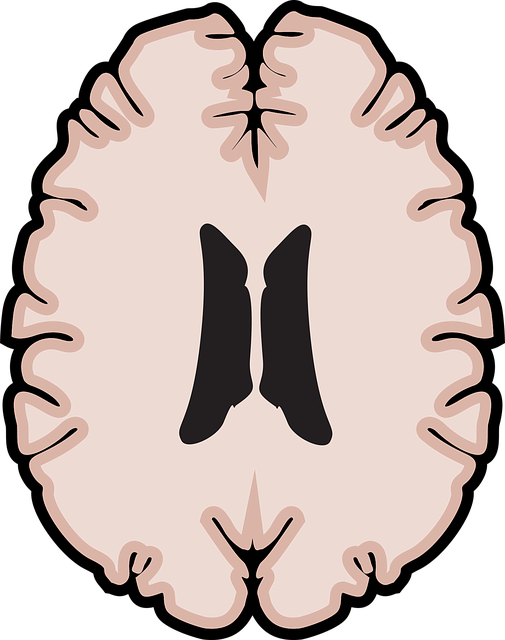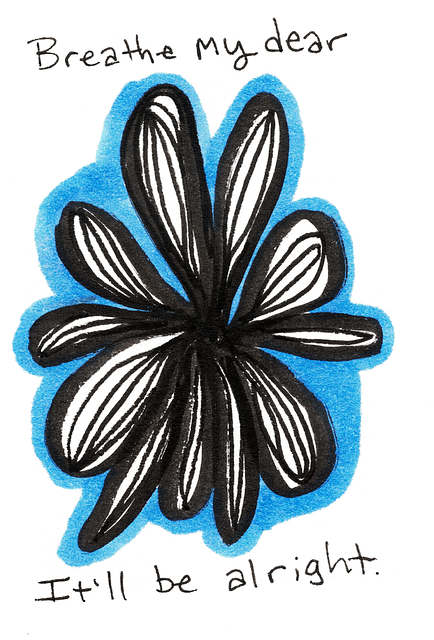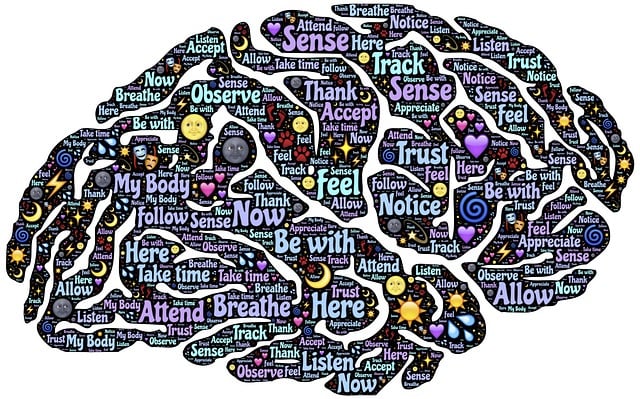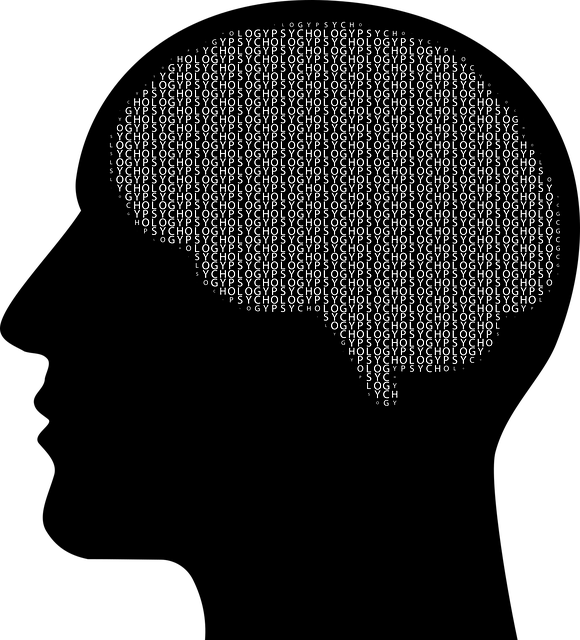The media's portrayal of mental health conditions, particularly Castle Rock Autism Spectrum Disorder (ASD), significantly impacts societal understanding and access to therapy. Current representations often lack accuracy and contribute to stigma, hindering empathy and inclusive communities. To improve this, media creators must strive for authentic, diverse narratives that promote positive discussions about mental health, fostering a non-judgmental environment essential for individuals seeking Castle Rock ASD therapy. By diversifying mental health conditions shown and highlighting the strengths of characters with these conditions, media can challenge stereotypes and promote inclusivity, ultimately driving positive change and support for those facing mental health challenges.
In today’s digital age, media plays a pivotal role in shaping societal perceptions of mental illness. However, the current representation often falls short, perpetuating stereotypes and misconceptions. This article explores strategies to challenge these norms, focusing on innovative approaches like Castle Rock Autism Spectrum Disorder Therapy. We delve into the complexities of media portrayal, offering insights on enhancing positive mental health depictions. From understanding the current scenario to future directions, this piece aims to foster inclusivity and accurate representations, ensuring mental illness is no longer a mysterious enigma on screen.
- Understanding Mental Illness Representation in Media: The Current Scenario
- Castle Rock Autism Spectrum Disorder Therapy: A Unique Approach
- Challenges and Misconceptions in Media Portrayal of Mental Health
- Strategies for Enhancing Positive Mental Illness Representation
- Future Directions: Fostering Inclusivity and Accurate Depictions
Understanding Mental Illness Representation in Media: The Current Scenario

The media plays a significant role in shaping societal perceptions of mental health, with its influence extending to how we understand and interpret conditions like Castle Rock Autism Spectrum Disorder (ASD). Currently, representation in media often falls short of accurately depicting the complexities of mental illness, leading to misconceptions among viewers. Many narratives either sensationalize or stigmatize these disorders, perpetuating harmful stereotypes that hinder understanding and access to therapy.
For instance, ASD is frequently portrayed as a rare and perplexing condition, which can foster anxiety and misunderstandings about individuals living with it. This misrepresentation deters empathy-building strategies and emotional regulation techniques that are crucial for fostering inclusive communities. To address this challenge, media creators must prioritize authentic portrayals that reflect the diverse experiences of those affected, promoting positive thinking and encouraging discussions on mental health in a non-judgmental manner.
Castle Rock Autism Spectrum Disorder Therapy: A Unique Approach

In recent years, there’s been a growing recognition of the need for more accurate and nuanced representation of mental illness in media. One pioneering approach worth highlighting is Castle Rock Autism Spectrum Disorder (ASD) Therapy. This unique initiative goes beyond traditional treatment methods by offering tailored interventions that address the specific challenges faced by individuals on the autism spectrum. Through innovative practices, Castle Rock ASD Therapy aims to enhance communication skills, foster social connections, and improve overall mental wellness.
The program incorporates powerful tools such as Mental Wellness Journaling Exercise Guidance to encourage self-reflection and personal growth. By integrating this practice with effective Communication Strategies, it enables participants to express themselves more effectively and build meaningful relationships. This holistic approach not only supports the development of essential life skills but also promotes a positive sense of self in individuals navigating the complexities of autism spectrum disorders.
Challenges and Misconceptions in Media Portrayal of Mental Health

The media’s portrayal of mental health issues often presents a multitude of challenges and misconceptions that can significantly impact public understanding. One of the primary concerns is the stereotypical representation of individuals with mental illnesses, particularly those on the autism spectrum like Castle Rock Autism Spectrum Disorder (ASD). Such portrayals often reinforce outdated and inaccurate narratives, leading to stigma and further marginalization. For instance, ASD is frequently depicted as exclusively defining an individual’s life, without exploring their diverse talents, abilities, or potential for growth through therapy.
Furthermore, media coverage tends to oversimplify complex mental health conditions, reducing them to mere plot devices or dramatic conflicts. This fails to capture the nuances of living with a mental illness and can hinder viewers’ ability to empathize. It’s crucial to move beyond these limitations by promoting more authentic and diverse representations that include successful outcomes from therapy, self-awareness exercises, and conflict resolution techniques. By addressing these misconceptions, media can play a pivotal role in fostering understanding, compassion, and access to trauma support services for individuals facing mental health challenges.
Strategies for Enhancing Positive Mental Illness Representation

Media representation plays a pivotal role in shaping public understanding of mental illness. To enhance positive portrayal, several strategies can be implemented. Firstly, diversifying the range of mental health conditions showcased is essential. This includes highlighting lesser-represented disorders like Castle Rock Autism Spectrum Disorder (ASD) and incorporating characters with unique therapeutic journeys. By doing so, media can foster mental health awareness and challenge stereotypes.
Additionally, focusing on the strengths and capabilities of individuals with mental illness is a powerful approach. Portraying characters who exemplify resilience, creativity, and emotional intelligence can counter the negative narratives often associated with mental disorders. These empathy-building strategies not only promote understanding but also encourage viewers to view people with mental health challenges as individuals worthy of support and inclusion.
Future Directions: Fostering Inclusivity and Accurate Depictions

Looking ahead, the media industry has a significant role to play in shaping public understanding of mental health. Future narratives should strive for authenticity and depth when portraying individuals with mental illness, such as Castle Rock Autism Spectrum Disorder Therapy cases. This includes employing diverse talent behind and in front of the camera, ensuring accurate representations that reflect the wide range of experiences within the autism spectrum. By doing so, media can foster empathy and challenge stereotypes, contributing to a more inclusive society.
Moreover, there is potential for storytelling to serve as a powerful tool for educating viewers about effective communication strategies and crisis intervention guidance. Incorporating these elements into compelling narratives can bridge gaps in understanding and encourage proactive mental health policy analysis and advocacy. Ultimately, the media has the capacity to drive positive change by presenting nuanced portrayals that resonate with audiences and promote support for those facing mental health challenges.
In addressing mental illness representation in media, we’ve explored diverse perspectives from understanding current portrayals to innovative therapies like Castle Rock Autism Spectrum Disorder Therapy. By acknowledging challenges and misconceptions, we’ve unveiled strategies for enhancing positive depiction. Looking ahead, fostering inclusivity and accurate representations through approaches like the Castle Rock model is crucial for breaking down stigma and promoting mental health awareness in society.
